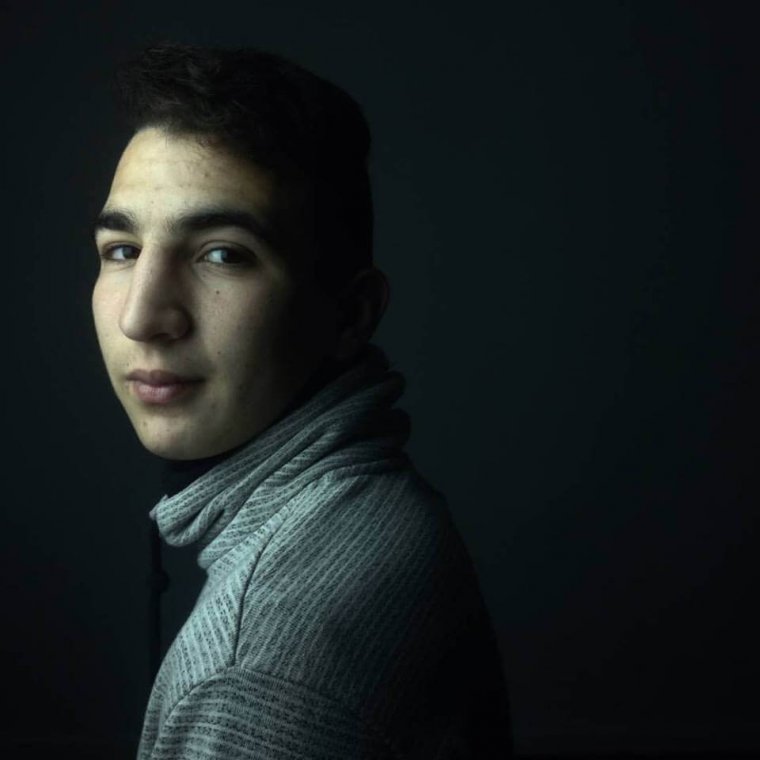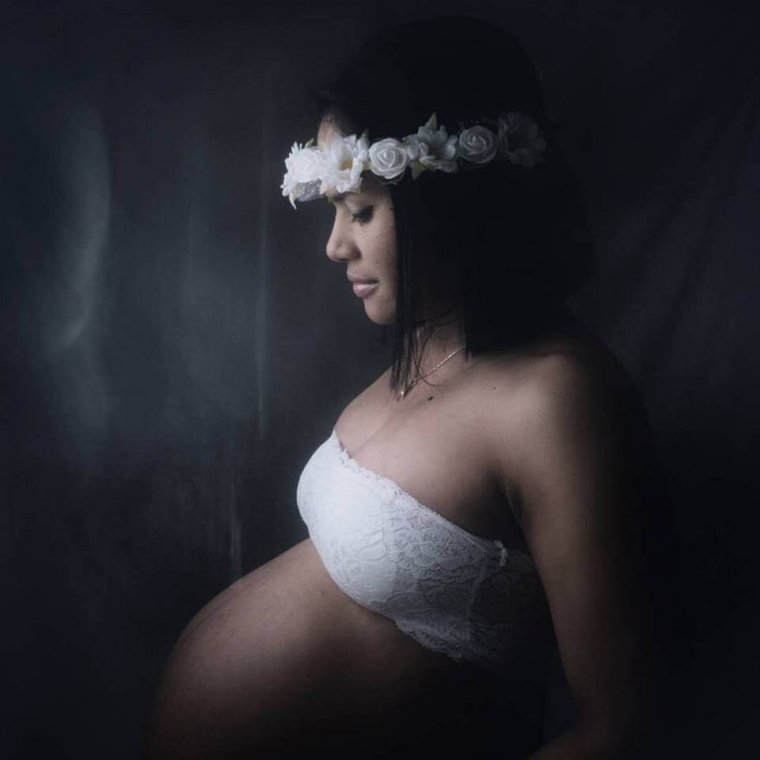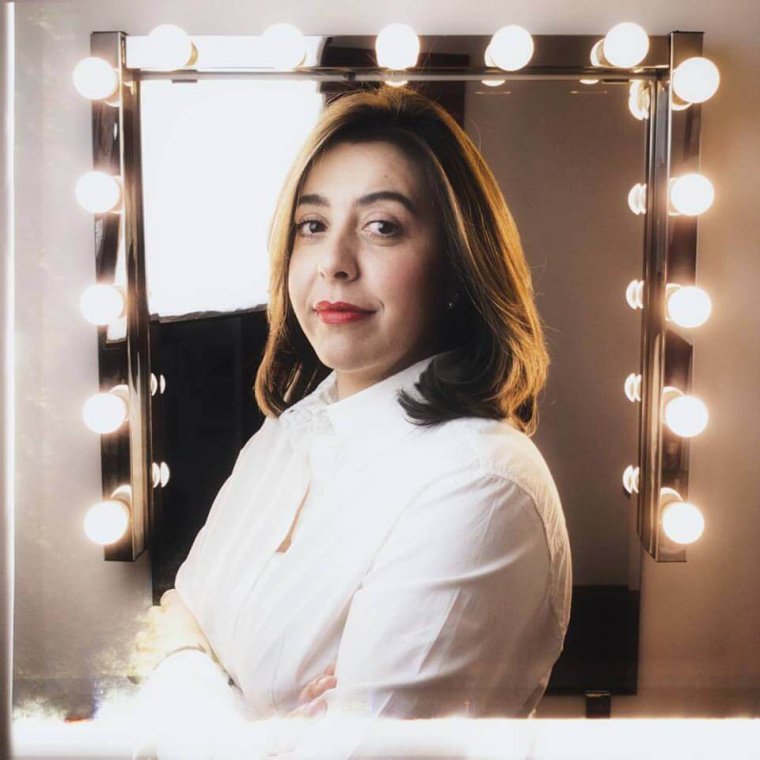
Portraits have been, without any doubt, one of the most recurrent topics of photography through the history. Nowadays, with a renewed energy thanks to trendy things like selfies, people have the possibility to register their daily routine as much as they can and want to.
However, the trends managed to date are taking the focus far away from the stereotype that made it a famous topic at the beginning and middle past century: the classical portrait. You may ask yourself then: if “classical portraits” are outdated, what happens to be “in” at this moment? And trends do tell us that portrait photography is slowly shifting towards the techniques used by classical paint artists as Da Vinci, Botticelli, etc.
So well, even though people make self-portraits every day with their mobile phones, professionals who dare to make portraits following this innovative technique are still a small number in comparison with conventional users, and most of them have invaded genres like street photography, minimalism and, even a smaller number, photojournalism.

For starters, if your aim is to begin using your mobile phone for making portraits, the first thing to recommend will be a proper space for it. In the past, the studio location for portrait production were normally interior spaces that would allow any kind of lighting setup, either artificial or using breath-taking windows to provide the finest natural illumination conditions.
As we will see, almost all the elements of the mobile portrait are related to the way classical portraits were made in the past, the issue here is that like the first cameras, mobile phones cameras pass through the same struggles regarding the light intensity needed to take the photo or the synchronization of the flash, fixed focal lens, etc. One of the most important things to consider with artificial lights is, first of all, that they must be continuous, the synchronization of the flash light with a mobile phone, as is the case with portable flash kits in DSLR cameras, is very difficult to control. On second place, the light must be as diffuse as possible for two main reasons: the dynamic range of the mobile phone is not broad, hence lights and shadows registered have despaired values as a way to compensate those mid tones; a good diffusion may help rescue some information of this intermediate zones. Then, the light diffusion will generate that characteristic reflex on the subject eyes that donates expression to the look.
After finishing with our studio lighting setup, the next thing to consider will be the location of the subject to portray. It is important to realize that for image quality, the subject must be as close as possible to the light source – that way we won’t be forced to alter the ISO and Shutter Speed values of the phone camera itself. Remeber that portraits are the most detailed genre of photography, and it is very important to try to transmit the complete texture and expression of the subject.

We must also consider the distance needed between the portrayed subject and us as photographers. As we know, mobile phones (with few exceptions) have a focal length equal to 26mm or 29mm. As a consequence, if we get really close to the face, we lose the subject’s proportion getting, as a result, macrocephalus registers, but if we go too far the face will be so small that the expressions and the facial gestures will pass imperceptible and let’s not forget that is the main aspect for a portrait. So, in this case, we recommend the use of medium plans, with pictures taken with the horizon line placed at the eyes. This method will grant the balance between expression and proportionality.
For centering the attention in the portrayed subject, we can always split it out of the background with the only precaution that the main light does not fall on directly on this last one. As a consequence, the portrayed subject will stand out and give us the possibility of creating a neutral background, characteristic of the classical portrait. Postures and environment created also take a huge role on his behalf.

Finally, and concerned to this last aspect, we recommend just one thing: always remember the portrait is a deal between the subject and the photographer, where the subject aims to showcase its best and the photographer ought to see this chance as a window to the soul. Photography is seen as a dialogue where the light is the language.
Comments (0)
There are no comments yet.